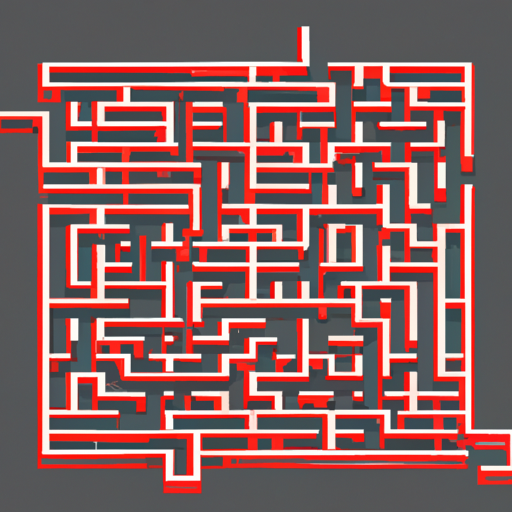Understanding Heuristic in Artificial Intelligence
Introduction
When discussing Artificial Intelligence (AI), the term heuristic often arises. In the context of AI, heuristic refers to a rule or method that aims to solve a problem more efficiently, though it may not guarantee an optimal solution. Heuristics are strategies or shortcuts used by AI systems to make decisions or solve complex problems.

The Role of Heuristic in AI
In AI, heuristics play a crucial role in various areas, such as problem-solving, search algorithms, optimization, and decision-making. They provide AI systems with a framework to navigate through complex scenarios and make informed choices.
Search Algorithms
One common application of heuristics in AI is in search algorithms. For example, when an AI system needs to find the shortest route from point A to point B on a map, it may use a heuristic to identify the most promising paths to explore first. By employing a heuristic function that estimates the distance between a given location and the destination, the AI system can prioritize exploring paths that appear to be closer to the goal. This helps reduce the search space and allows for faster and more efficient navigation.
Optimization Problems
Heuristics are also extensively used in optimization problems, which involve finding the best solution among a vast number of possibilities. For instance, an AI system might need to schedule employees' shifts to maximize productivity while considering constraints like shifts' duration, employees' availability, and workload distribution. By using heuristics, the AI system can quickly explore different combinations of shifts and select the best feasible option without exhaustively evaluating every possible schedule.
Benefits and Limitations of Heuristic in AI
The use of heuristics in AI brings several benefits to businesses and industries:
- Speed and Efficiency: Heuristics enable AI systems to find solutions faster by prioritizing more promising paths or options, leading to quicker decision-making processes.
- Scalability: Heuristics allow AI systems to handle complex problems with large search spaces, making them suitable for real-world scenarios with vast amounts of data.
- Adaptability: Heuristics can be tailored or adjusted based on specific problem requirements, allowing AI systems to adapt and improve their decision-making capabilities over time.
However, it is important to recognize that heuristics also have limitations:
- Optimality: Unlike exhaustive search methods, heuristics do not guarantee finding the best possible solution. They aim to find a good solution within a reasonable amount of time, but this may not always be the globally optimal solution.
- Biases and Approximations: Heuristics rely on assumptions and approximations, which can introduce biases or inaccuracies in the decision-making process. Therefore, thorough testing and validation are necessary to ensure the reliability of heuristic-based AI systems.
- Problem-specific: Heuristics are often designed to address specific problems or domains. They may not be transferable to other contexts, requiring new heuristics to be developed for different scenarios.
Conclusion
Heuristics are valuable tools in Artificial Intelligence that enable AI systems to solve complex problems efficiently. They provide strategies and shortcuts that prioritize speed and good solutions over optimality. By employing heuristics, businesses can benefit from faster decision-making, improved scalability, and adaptability in AI systems. However, it is essential to consider the limitations of heuristics and ensure their proper testing and validation to mitigate biases and inaccuracies.